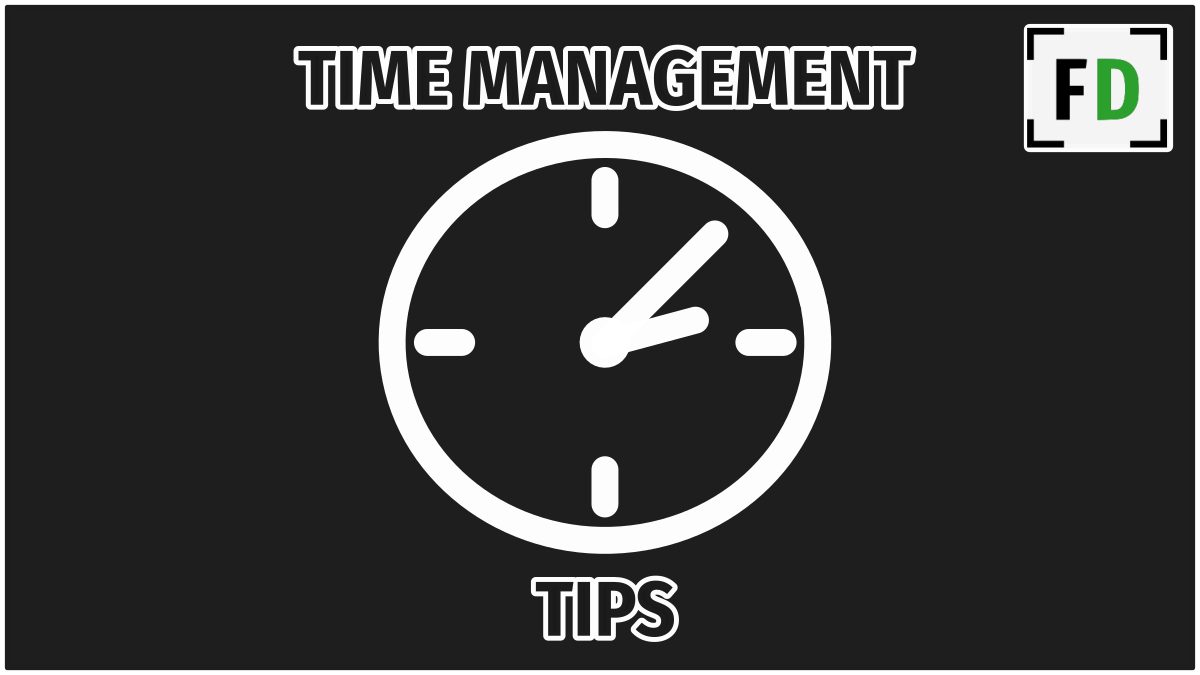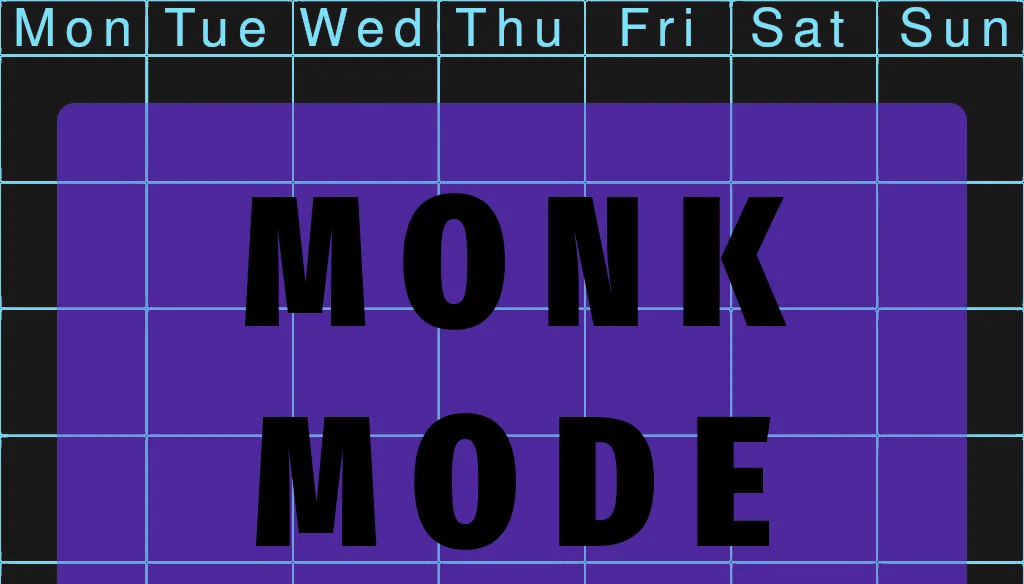You need to write things down, plan your life and keep you progressing toward your goals. Without some sort of planner, you’re not going to be as successful as you could be. To maximize your planner’s effect on your life, you need the best planner for you – the notebook planner.
What’s a Notebook Planner?
Buy any notebook; an A6 planner is perfect as a pocket-sized organizer, and B5 is superb if you want more space for diagrams or flow charts. Whatever size, brand, or style you buy, that’s now a notebook planner.
I prefer a ring-bound notebook with loose-leaf pages you can add and remove, but any notebook can be a planner if you use it like a planner.
Why Is a Notebook Planner Better than a Standard Planner?

You’ve seen planners in the store; you can get them everywhere. Usually, they are black with a faux leather cover and say “2023-2024 Planner” on the front. When you open it up, you see each two-page spread is split into seven days of the week with a bit of extra space for notes or to-dos. In the back, you find international calling codes (who’s ever needed that?) and a subway map of a city you’ve never visited.
- The first problem with these planners is you never buy them on January 1st, so the first half gets wasted.
- You only get three or four lines of space each day
- You must use the planner as designed; there’s no space to do anything different.
Look at the page of the average planner you buy in the store; two tiny pages split into seven days! And almost no space on the weekend! Are you supposed to just do nothing on Saturday and Sunday? I get as much work done on Saturday as on Monday some weeks. And others, I take a Thursday off and laze around the house.
There was a time when all you had to worry about was going to work, and the rest of your life was filled up by watching TV, but those days are long over. You’ve never had as much control over what to do with your time as you do right now, so you need something more flexible that will adapt just like your life does.
I don’t know about you, but there is nothing standard about my life, and I hope there’s nothing standard about yours. If you want to create a life plan for success or just a plan for next weekend, a traditional planner just won’t cut it. You need something unique, customizable, and 100% you!
So throw that planner where it belongs and create something that works for you.
Now, let’s compare that to a Notebook Planner.
Whether you buy a bullet journal-style notebook with dots, a lined notebook, or one with blank pages, you get to decide what you’ll do with every page.
I’ll show you a great way to get the most out of your new planner below, but you can add anything you need to your planner. Maybe you want the cheat codes to the game you’re currently playing or the recipe for the bread you can never remember – just add them to a notes section at the back of your notebook planner.
My planner is split into four sections:
- My Goals
- Plans
- Tasks and todos
- Notes
How to Use Your Notebook Planner

To use this four-tiered approach to planning your time with a notebook planner, you’ll need to divide it into four sections. If you’re using a ring-binder style, you can add dividers made of stock card. If you’re using a regular notebook, some washy tape, stickers, or just a folded corner will work.
First Tier: Yearly Goals
Write your goals for the year on the first page of your planner. I’ve done this for years. Every time you open the planner, you will first see your goals – a reminder of what’s essential and what you want to achieve.
Experts all agree that setting goals is a key component of success. Grant Cordone considers it so important he writes down his goals every morning. Scientific studies show he’s not wrong; goal setting actually rewires the structure of the brain.
Tier Two: Project Planning
This is the section where your goals become achievable.
It’s too easy to give yourself a huge goal to accomplish, but without a plan to turn it into a reality, it’s really just a wish. By planning out your goals, you’ll give yourself the best chance of making them happen.
Maybe you’ve set yourself the goal of learning to speak French this year. You could add that to your goals list and hope that over the next weeks and months, you do the right things to make that happen. But by consciously placing your focus on the goal for a minute, you can quickly create a path from “Je ne comprends pas” to “Je parle couramment le français, car j’ai fait un plan.”
Here’s how to use the natural planning method:
Give yourself a moment to brainstorm, and write down everything that occurs to you about learning French. Even if it’s a bad idea, just write it down, e.g.:
- Find a class
- Get a private teacher
- Make French friends
- Buy a Textbook or course
- Look for an app
- Learn on Youtube
- etc.
Once you have plenty of ideas written down in your planning section, it’s time to turn them into something more structured. You could order them or create three phases.
Pick only the best ideas (you can’t do everything, so be realistic.) First, you could Download an app and learn the basics on Youtube for phase one. Phase two could be buying a textbook and finding a teacher for weekly classes.
You’ve now created a route to get from where you are now to a fluent French speaker. By adding these to-dos to the next section, you’ll ensure that you actually do them and make progress on your goal.
Tier: Three Monthly, Weekly, and Daily Projects and Tasks
Now you have your goals for the year in the front of your planner. Next up is your monthly or weekly goals. You probably don’t need to do both (although at times when you want extra structure in your life, doing both will help you.)
At the start of every month, sit down and spend a few minutes thinking about what you want to get done that month.
Start by looking at your yearly goals and your plans from tier two. Is there anything on that list you could complete this month? If so, add it to your list for this month. If not, is there anything you could do to make progress toward those goals? Write them down.
Not everything will be directly related to your yearly goals; that’s OK. This is your planner; it’s for your life; use it however you want.
If you’re planning your weekly goals instead, once a week (I do this on Sundays), take out your planner and jot down your projects and tasks for the week.
Daily Tasks
See the picture above for a real example from my planner.
Make this a daily ritual, and it will supercharge your productivity. You’ll get more done each day and stay consistent, but most importantly, you’ll get the right things done, making daily progress toward your predefined goals.
- Look at your weekly or monthly goals and tasks.
- Turn to a new page of your notebook planner, and write down 5-10 tasks for the day.
- Then, order them from 1-10 by writing a number after each task, and circle the number.
- Do the first task on your list, cross it off, then do the next.
If you finish your list every day, you can do more, so add more tasks tomorrow. If you always end up with five jobs left on your list, you’re adding too much. You should get to know how far you can push yourself without burning yourself out over time. First, leave yourself a little energy in the tank at the end of the day, which means don’t ever push yourself to exhaustion; remember, you need to wake up and do it again tomorrow.
You can add tasks you didn’t do to the list again tomorrow or reconsider if you need to do them at all.
Why does it work?
- Your Memory Sucks – Most people know their most important tasks for the day, but they can’t hold every task they have in their minds at once and decide which to do. So you do your two most important tasks, then the rest of the day you flitter doing meaningless tasks or just taking time off, “I already did a couple of important things,” you think. But you could be doing more if you only knew what. A study from the University of Tokyo shows that the simple act of writing things down greatly increases your chance of remembering them.
- Accountability Enforces Consistency – Everyone goes through peaks and troughs in most aspects of their lives; the same is true with productivity. Some weeks, you are just on fire. Everything seems so easy, and others are a struggle. On those challenging days, it’s easy to do nothing; you don’t feel good and may be burned out. Staying consistent on those days, even if you do a little less than usual, will be the difference between success and mediocracy.
- Focus on What’s Important – Productivity and hard work will only give you the life you want if you do the right things. Business isn’t the goal; it is achieving the goals you set for yourself because they will give you the life you want.
Tier Four: Notes

In the final section at the back of your planner, leave space for important info or anything you don’t want to forget. If you use GTD, the back of your notebook could be used as an inbox for GTD’s collection phase.
You can use an app like Obsidian for GTD or do GTD on paper. Either way, a physical inbox for your notes and captures in your planner will help you stay on track.
Even if you don’t do GTD, whenever you’re reading, watching content, or talking with someone interesting, you should be making notes.
Useful Inserts for Your Notebook Planner
The best planner is one that fits your needs, so it must be flexible enough to change when you change. If you want your goals on the front page of your planner, what do you do when your goals change? Throw out the planner and start again.
With a ring-binder style planner, you can take pages out and add pages wherever you need them. You also get to add inserts that save you time or give you more options for your notebook planner (customization is king.)
- Calendar Pages
- Trackers
- Themed Pages
- Contact Pages
- Journal Pages
- Lined/Dotted/Blank Pages








